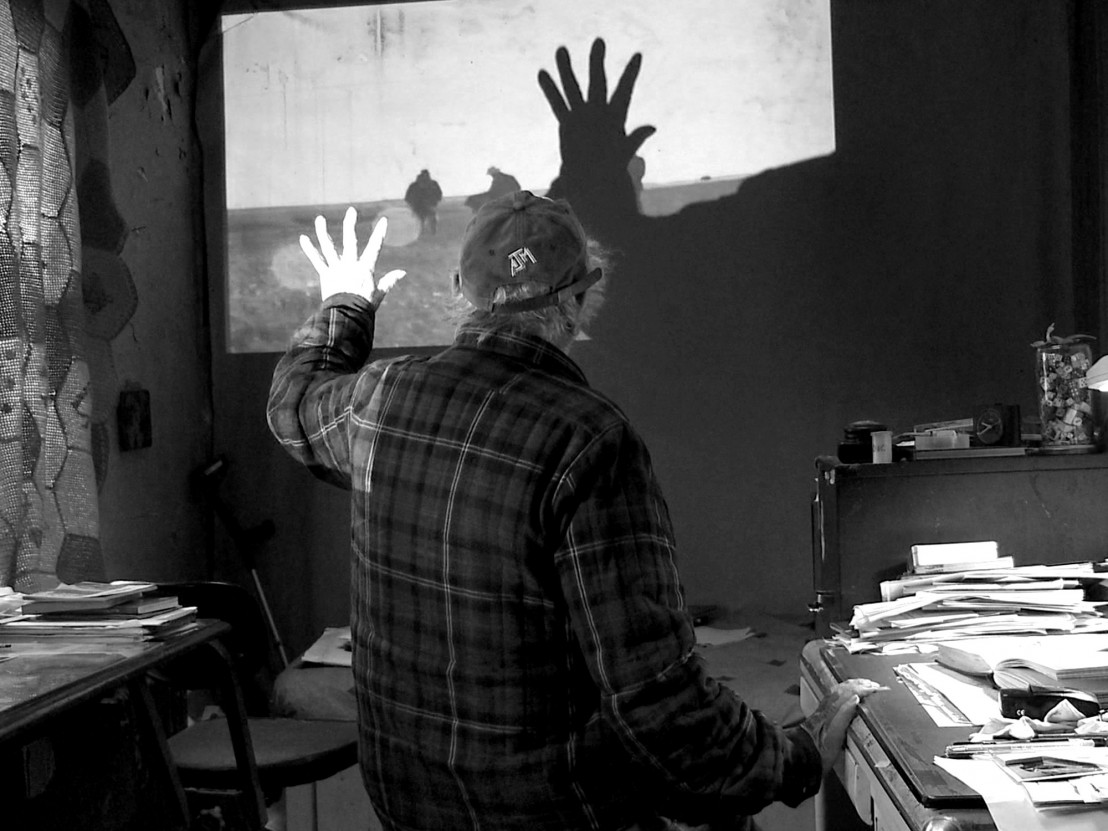
Robert Frank’s 1958 book ‘The Americans, has been described as “perhaps the most influential photography book of the 20th century.” Best known for chronicling the so-called Beat generation with his camera, Frank collaborated with Jack Kerouac and Allen Ginsberg on his first short film, Pull My Daisy, and went on to make a number of films over the ensuing decades. Perhaps his most famous – certainly his most controversial – work is 1972’s Cocksucker Blues, the banned Rolling Stones film which captured the band in their full hedonistic swing. Frank’s photographs also appeared on the cover of the band’s album from the same year, ‘Exile on Main Street’.
At 91, Frank is still active but lives in a state of semi-reclusion, rarely granting interview requests. It stands to reason, then, that a new feature-length documentary about him should come from someone within his inner circle. Laura Israel has been working with Frank as an editor for years and in Don’t Blink has created an intimate and visually arresting account of Frank over the years. “I remember seeing Robert Frank’s film Me and My Brother at Anthology Film Archives in NYC” Israel tells LWLies, “I loved the film – it’s so relentless. There were some techniques in the editing that I recognised as being so-called cutting edge in music videos at that time. I remember feeling a bit surprised to see that Robert had already used many of these quirky experimental film techniques years ago and incorporated them into a feature length film.”
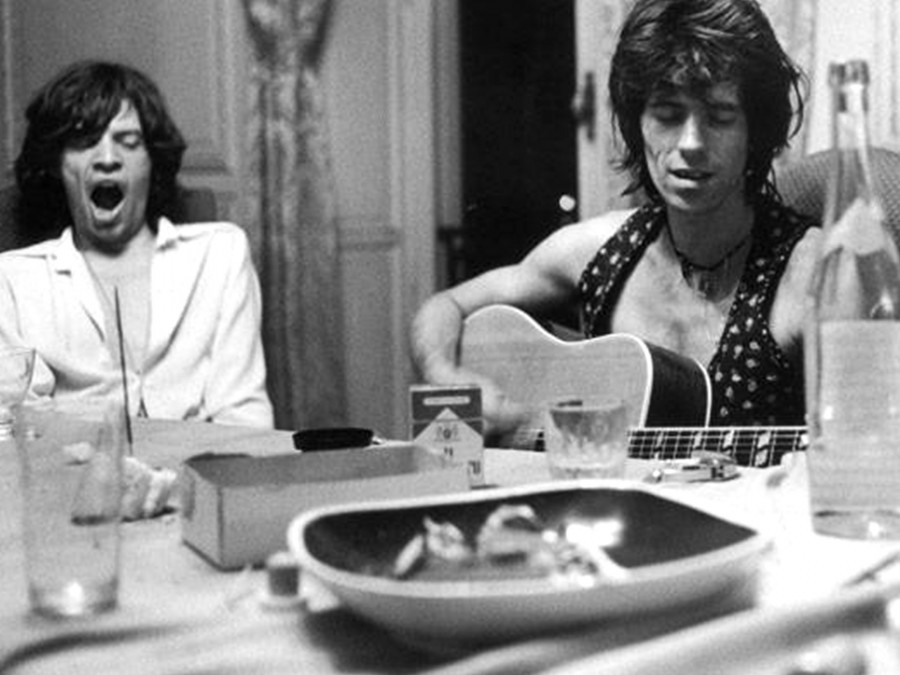
Years of trust in Israel and the promise of a small crew tempted Frank to permit an invasion of his privacy, although the notoriously cantankerous artist was not always willing to do things conventionally. “We did find out very early on that Robert was not going to take direction,” Israel reveals. “He pulled down the window shade at one point and [Director of Photography] Lisa Rinzler asked him to pull it up again, as she had missed the shot. He quickly pulled the shade down and said, ‘That’s it!’ So we didn’t give him direction after that – either we got the shot or we didn’t.”
Early on Frank says in the film,“Most people when they become aware of the camera, change,” and Israel affirms, “Robert is always aware when there is a camera on and pointed at him. There was only one time he really didn’t respond well to the camera on him, and it was a moment I chose to include in the final cut – when images of the Rolling Stones were being projected on and in back of him. He refers to it as ‘hateful footage’. Then I react and say, ‘cut’ and he starts laughing. So of course I had to include it in the film. You can’t tell the way it is edited, but then we all started laughing because we realised Robert was taking the piss. I think this exchange also punctuates what he says about Cocksucker Blues and what happened between him and the Stones.”
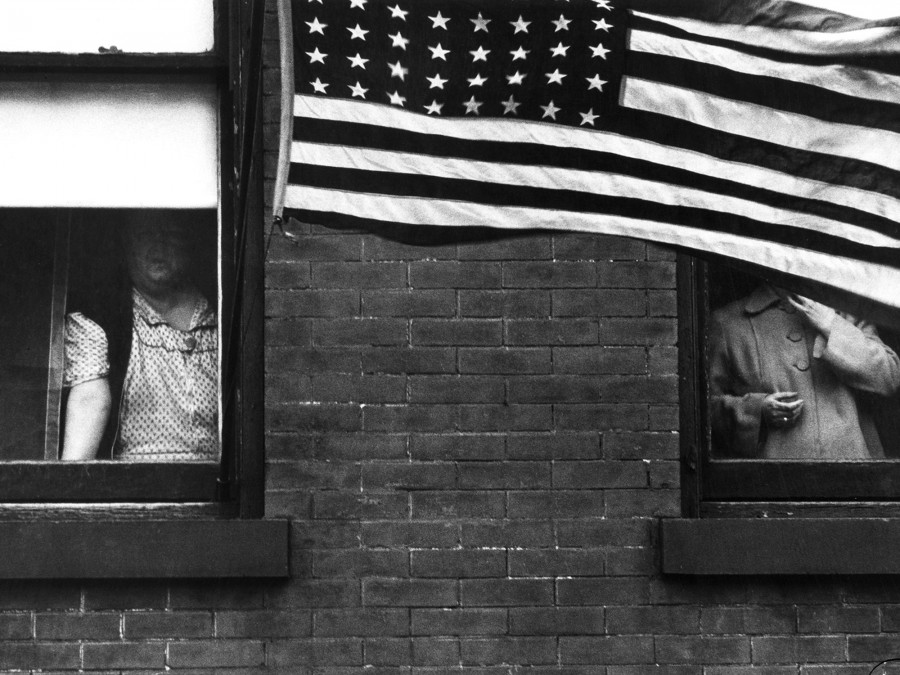
Aside from capturing a largely natural and relaxed Frank at home and out and about with his friends and wife, the film also has a faint undercurrent of a valentine to New York, capturing as it does the extent to which the city has changed in the 50 years Frank has lived there. “I am so nostalgic for that New York, that East Village.” Israel says, “I think you can tell my love of New York from Don’t Blink. I was so happy to use The Kills song ‘What New York Used to Be’ at the end of the film.”
Reflecting on Frank’s character from her time spent with him and his work, Israel says, “Robert’s life and work are deeply entwined. His love of the detour in art carries over to the freewheeling, open manner in which he conducts his life. I think his biggest influence comes from two words he says in the film, ‘Spontaneous intuition.’
Don’t Blink screens at Sensoria Festival in Sheffield on Saturday 8 October.
Published 6 Oct 2016
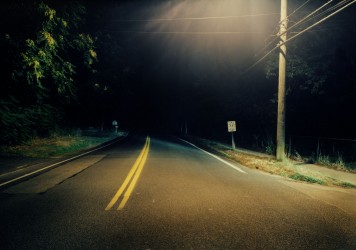
Dean Rogers’ ‘Death Drive’ reveals the spots movie stars and other figures were killed.
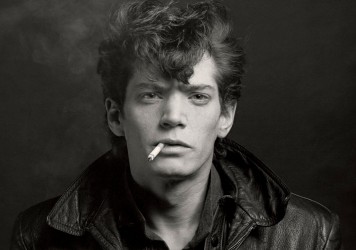
A stirring, detailed and objective take on the licentious life and times of this celebrated photographer.
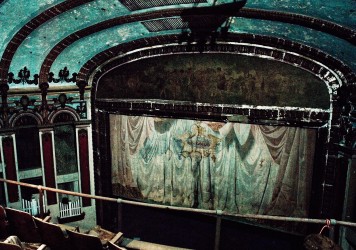
Photographer Julia Solis has travelled North America capturing haunting remnants of cinema’s past.